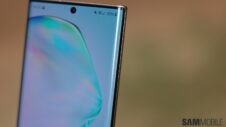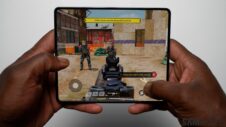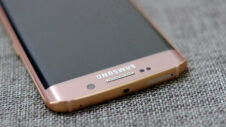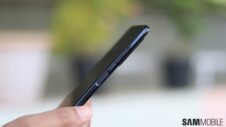The Galaxy S6 edge and the Gear S are two of the finest products Samsung has ever made. While many point to the S6, S6 edge, and Gear S AMOLED displays (which are gorgeous), and the camera performance and glass and metal design of the S6 and S6 edge as top-notch, a number of consumers are carried away with Samsung’s “curves” and “edges.” The Galaxy S6 edge has become the most famous go-to smartphone for tech reviewers, and nearly every tech review I’ve read on the Galaxy S6 edge points out the “edge.” You can’t help but notice it, and it’s one of the aesthetic design factors that really makes Samsung’s products stand out from the rest.
When it comes to curves and edges, though, critics argue that these form factor differences add nothing to the overall product. However, that simply isn’t true, and Samsung Tomorrow reminds us that manufacturing curved displays inside the Galaxy S6 edge, Gear S, and even the company’s curved TVs takes a lot of time, precision, and effort. Today’s post pertains to the history of the curves and edges, which products contain curves and edges, and how the curves and edges add to the overall user experience. There was a product or two I’d forgotten about, so the post is certainly worth reading.
Some day, when the tech world looks back, Samsung’s curved displays will serve as the pioneer for what will become the next big thing. Merging form and function with distinction is what makes a company innovative, and, both metaphorically and literally, the Korean smartphone giant has the “edge” when it comes to smartphones, smartwatches, and the future of technology. You can read more at the source link below.








